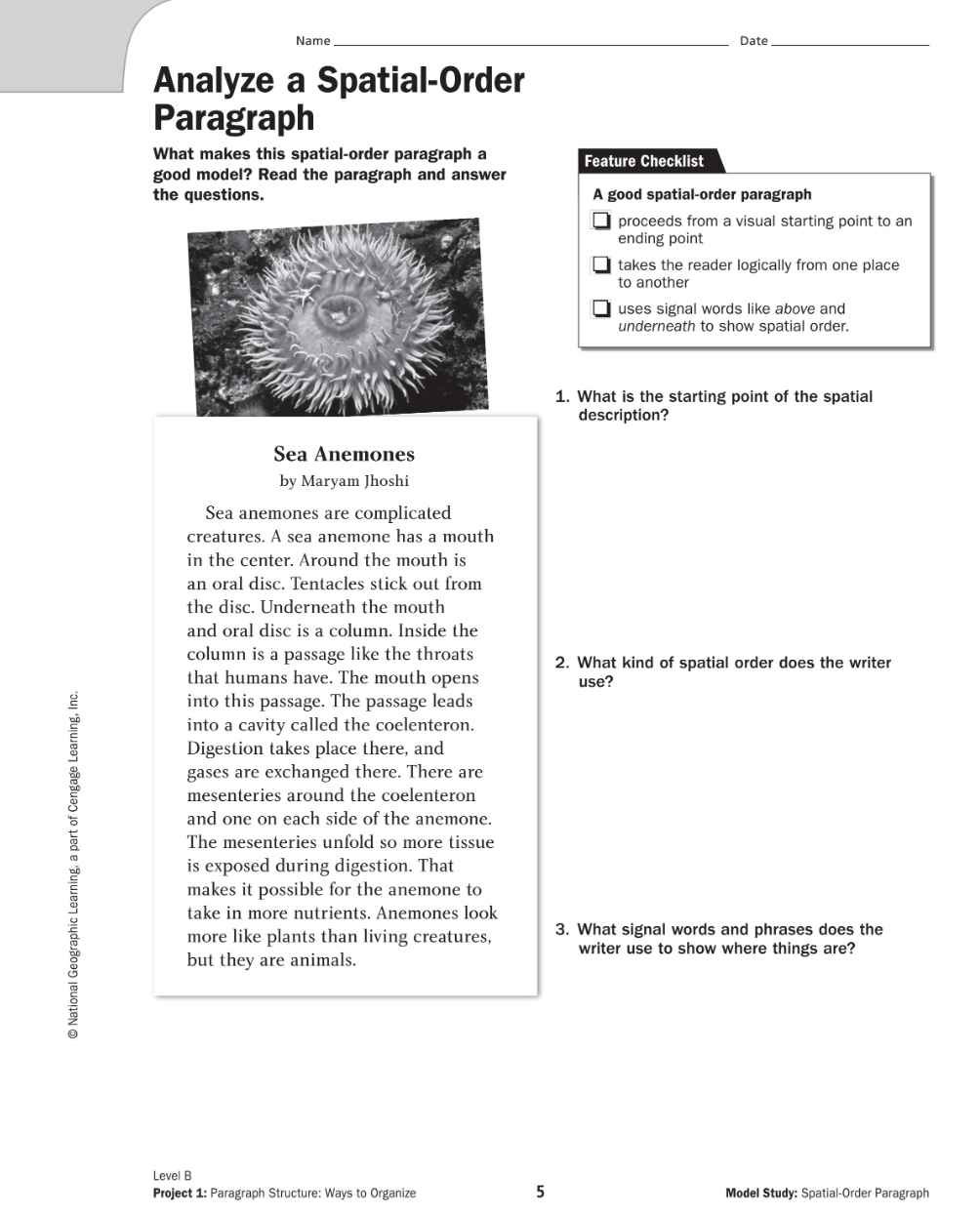The Americans are keen to win the race to send human beings to Mars. In 1992, the new boss of NASA, Dan Goldin, called on the American people to be the first to send explorers to another planet in the solar system. He reminded them of the symbolic gift carried to the moon and back by the Apollo 11 mission. It bears a message intended for the crew of the first spaceship to visit Mars. Goldin thinks it is time to begin the preparation for this historic journey. His speech echoed the words of the President, who promised that in 2019, 50 years after Neil Armstrong became the first man to set foot on the moon, the first astronaut would stand on Mars.
By the end of the twentieth century, various unmanned spaceships will have thoroughly investigated the surface of the planet. But, however clever a robot may be, it cannot match the type of information which can be gained -from direct human experience. The first geologist on the moon, Harrison Schmitt, was capable of interpreting the story of the landscape on the spot. Until humans walk on the red deserts of Mars, we will not be able to determine the history of this frozen world in any detail.
Question 27: Who called on the Americans to be the first to send explorers to another planet in the solar system?
A. The president
B. Dan Goldin
C. Neil Armstrong
D. Harrison Schmitt
Question 28: According to the American President, when would the first astronaut probably stand on Mars?
A. 1969
B. 1992
C. 2019
D. 2050
Question 29: According to the passage, by the end of the twentieth century, many …………… will have thoroughly investigated the surface of the planet.
A. manned spaceships
B. astronauts
C. robots
D. unmanned spaceships
Question 30: According to the passage, which of the following statements is NOT true?
A. A clever robot and a human being can provide the same information from Mars.
B. The first geologist on the moon was Harrison Schmitt.
C. We will not be able to determine the history of Mars in any detail until humans walk on it.
D. The Americans are keen to win the race to send human beings to Mars

1 B
2 C
3 D
4 A
Bạn ơi giúp mình giải bài này ạ